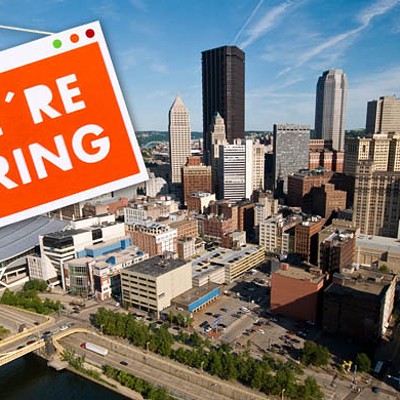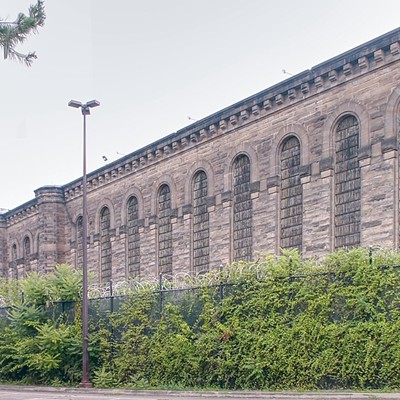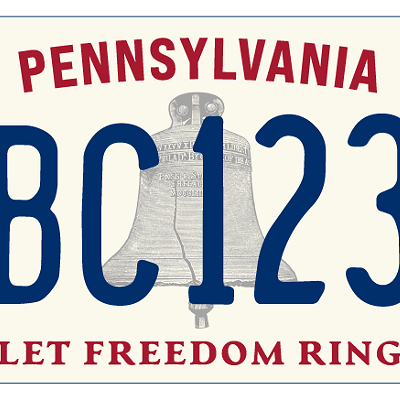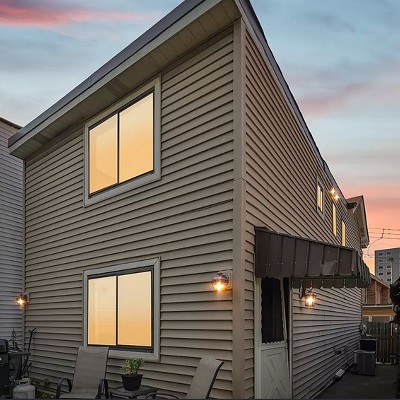Don't be too sure. The mayor has talked about putting windmills on Mount Washington -- it's all about renewable energy these days.
Up until the 1920s, though, many Allegheny River bridges were much lower. Some cleared the river's surface only by a couple dozen feet: Passing ships were often furnished with hinged smokestacks that could be folded back when passing beneath a span.
In the late 1800s, Pittsburgh industrialists began complaining to the Army Corps of Engineers -- which has jurisdiction over river navigation -- that the bridges impeded river traffic. As one executive wrote, the city's "mills, furnaces, etc., get much of their supplies by river." And low bridge height "interrupts the delivery of regular supplies to the serious loss of industrial interests."
Local officials resisted calls for change, as the federal government's Historic American Engineering Record file on the 40th Street Bridge makes clear. In a commissioned report, the city noted that much more traffic went over the bridges than beneath them. Accordingly, it argued, "The boats must be made to fit the bridges, and not the bridges to fit the boats."
The city had forgotten, though, that in American politics, government policy must be made to fit the wishes of industrialists, and not the wishes of industrialists to fit government policy. In 1912, the Corps of Engineers found that "[n]avigation in the Allegheny River is obstructed by a number of low bridges" -- especially those located between Sixth and 43rd streets. And after World War I, the city had to do something about it.
"At no point in the history of the world has a community been called upon to erect so many major bridges at one time," noted a 1925 observer quoted in Walter Kidney's book Pittsburgh's Bridges: Architecture and Engineering.
Along the Allegheny, some bridges were lifted higher. (If you look at the piers of the railroad bridge next to the David L. Lawrence Convention Center, you'll see that the stone at the top of the pier is much lighter than the stone beneath. That's where the bridge was lifted up to make more room below.) Others were replaced: The "three sisters" bridges at Sixth, Seventh and Ninth street replaced earlier, lower structures.
Still others were torn down completely. Such was the case with the 43rd Street Bridge -- the lowest on the city's stretch of the Allegheny. It was torn down in favor of a new bridge at 40th Street (completed in 1923) and a companion span downstream, at 31st Street (finished in 1928).
In a textbook case of adding insult to injury, though, building the 40th Street Bridge required buying land formerly occupied by the Allegheny Arsenal -- which belonged to the military. Local officials had long complained of the expense incurred by the Army Corps of Engineers' navigation requirements -- maybe, they wondered, the War Department would cut them some slack and donate the land? No luck: The military demanded market price before it would sell the land necessary to fulfill its own demands. If today's Pentagon were this shrewd, there'd be no such thing as a $600 toilet seat.
In any case, these bridges were high -- nearly 200 feet over the river's average depth. You can almost hear local officials saying, "That ought to shut the military up." Aesthetic considerations no doubt played a role as well.
The 40th and 16th Street bridges were the only local bridges designed by outside architects. And as Kidney's book details, that drove local engineers crazy. "There was long a tension ... between Engineering in its objectivity and Architecture, which sought to beautify," Kidney writes. An engineering group issued a resolution thundering that "bridges are primarily engineering works demanding safety and economy .... which come indisputably within the province of engineers."
The architects struck back, with one spokesman charging that the "three sisters" bridges "violate the principles of good bridge design. They are fictitious structures," he contended, because they look like the "suspension bridges but in reality [are] bridges of the cantilever type."
Oh, snap.
Observers decried "this typical factional Pittsburgh method of fighting among ourselves about some idea until the idea was lost in the turmoil." But in this case, the result wasn't so bad -- the 40th Street Bridge especially is a striking structure
Anyway, this is Pittsburgh. You never know when tall-masted ships might make a comeback.










